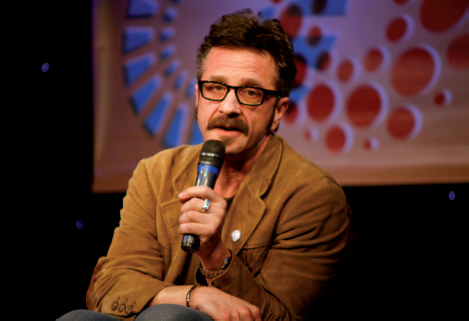Radio Ownership: From Diversity to Consolidation
Printed Page 185

From the 1950s through the 1980s, the FCC tried to encourage diversity in broadcast ownership—and thus programming—by limiting the number of stations a media company could own. The Telecommunications Act of 1996 introduced a new age of consolidation in the industry, as the FCC eliminated most ownership restrictions on radio. As a result, some 2,100 stations and $15 billion changed hands that year alone. From 1995 to 2005, the number of radio station owners declined by one-third, from 6,600 to about 4,400.7
The 1996 act allows individuals and companies to acquire as many radio stations as they want, with relaxed restrictions on the number of stations a single broadcaster may own in the same city. The larger the market or area, the more stations a company may own within that market. With few exceptions, for the past two decades the FCC has embraced the consolidation schemes pushed by the powerful National Association of Broadcasters (NAB) lobbyists in Washington, D.C., under which fewer and fewer owners control more and more of the airwaves.
The 1996 act and other pushes for deregulation have reshaped the industry once more. Consider the cases of Clear Channel Communications and CBS Radio, the two largest radio chain owners in terms of total revenue. Combined, Clear Channel and CBS own roughly one thousand radio stations—about 8 percent of all commercial U.S. stations—and control about 25 percent of the entire radio industry’s $17.3 billion revenue.
When large corporations regained control of America’s radio airwaves in the 1990s, activists in hundreds of communities across the United States protested by starting up their own noncommercial “pirate” radio stations capable of broadcasting over a few miles with low-power FM signals of 1 to 10 watts. The major complaint of pirate radio station operators was that the FCC had long ago ceased licensing low-power community radio stations. In 2000, the FCC responded to tens of thousands of inquiries about the development of a new local radio broadcasting service: It approved a new noncommercial low-power FM (LPFM) class of 10 and 100-watt stations to give voice to local groups lacking access to the public airwaves. LPFM station licensees included mostly religious groups but also high schools, colleges and universities, Native American tribes, labor groups, and museums. William E. Kennard, then-FCC chairman who fostered the LPFM initiative, explained: “This is about the haves—the broadcast industry—trying to prevent many have-nots—small community and educational organizations—from having just a little piece of the pie. Just a little piece of the airwaves which belong to all of the people.”8